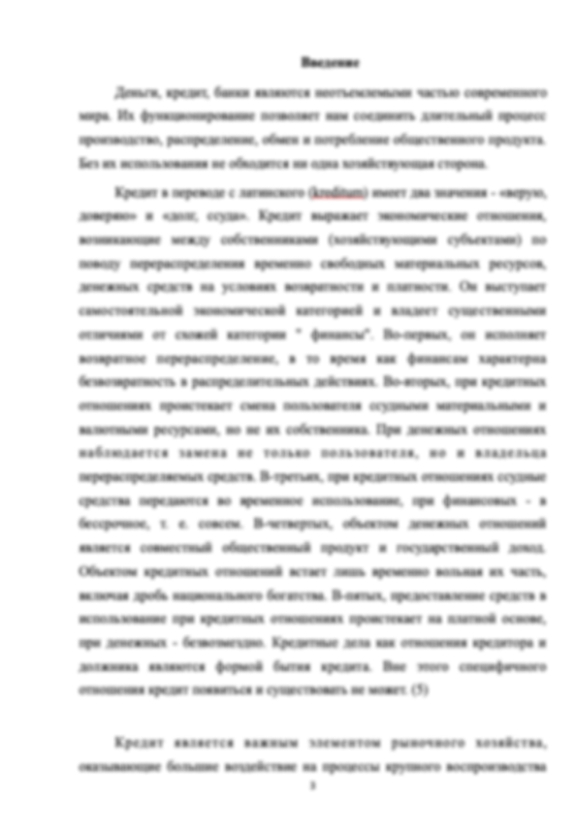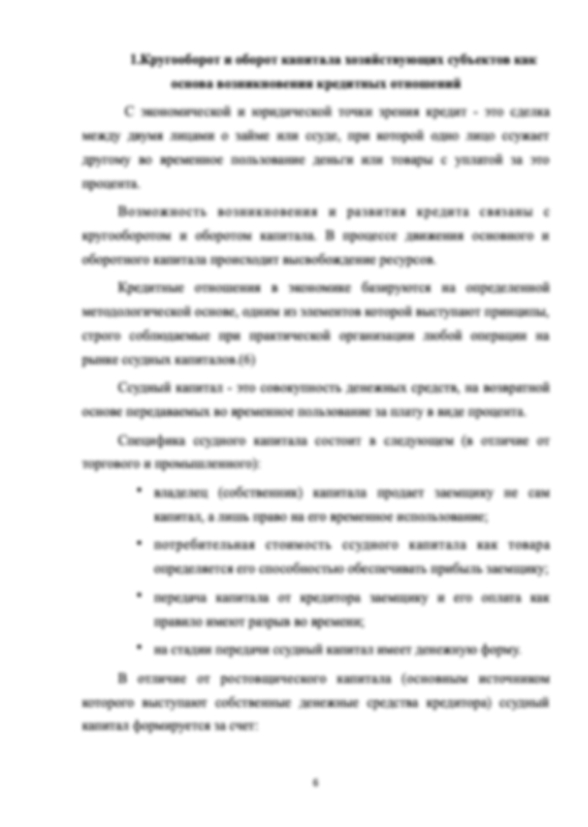Хорошо.
Информация о работе
Подробнее о работе

Перевод статьи, название: Managing across cultures
- 3 страниц
- 2021 год
- 0 просмотров
- 0 покупок
Гарантия сервиса Автор24
Уникальность не ниже 50%
Фрагменты работ
Пример перевода первого предложения:
Ричард Льюис хорошо известен в области межкультурной коммуникации и является автором книги «Столкновение культур: успешное управление в разных культурах и культурный императив: мировые тенденции в 21 веке».
Richard Lewis is well known in the field of cross-cultural communication and the author of When Cultures Collide: Managing Successfully Across Cultures and The Cultural Imperative: Global Trends in the 21st Century. Read about his model of three types of cultures, and answer the questions.
Managing a global multinational company would obviously be much simpler if it required only one set of corporate objectives, goals, policies, practices, products and services. But local differences - cultural habits, beliefs and principles specific to each country or market - often make this impossible. The conflict between globalization and localization has led to the invention of the word 'glocalization'. Companies that want to be successful in foreign markets have to be aware of the local cultural characteristics that affect the way business is done.
Richard Lewis has classified different cultures according to three 'poles' representing different types of behavior. Businesspeople in “linear-active” cultures such as Britain, the USA and Germany are generally organized and rational, try to act logically rather then emotionally, plan in advance, and like to do one thing at time. They believe in respecting rules, regulations and contracts, and so are what the Dutch theorist Fons Trompenaars calls “universalists” - they think rules apply everybody. They are not afraid of confrontation but will compromise when necessary to achieve a deal. They are essentially individualist.
“Multi-active cultures” in Southern Europe, Latin America and Africa attach more importance to feelings, emotions and intuition, and relationships and connections. People like to do many things at the same time; they are flexible, good at changing plans and happy to improvise. They believe in social or company hierarchy, and respect status. They are essentially collectivist, and also what Trompenaars calls 'particularist' - they believe that personal relationships and friendships should take precedence over rules and regulations.
People in 'reactive cultures' in Asia prefer to listen to and establish the other's position, and then react to it. They try to avoid confrontation, and don't want to 'lose face' or cause someone else to. They rarely interrupt speakers and often avoid eye contact. They try to formulate approaches which suit both parties.
Other countries have cultures which show combined characteristics of two of these poles, and can be represented along the sides of a triangle.
Перевод данной статьи под названием "Managing across cultures" был выполнен квалифицированным и дипломированным переводчиком в 2021 году.
Форма заказа новой работы
Не подошла эта работа?
Закажи новую работу, сделанную по твоим требованиям


